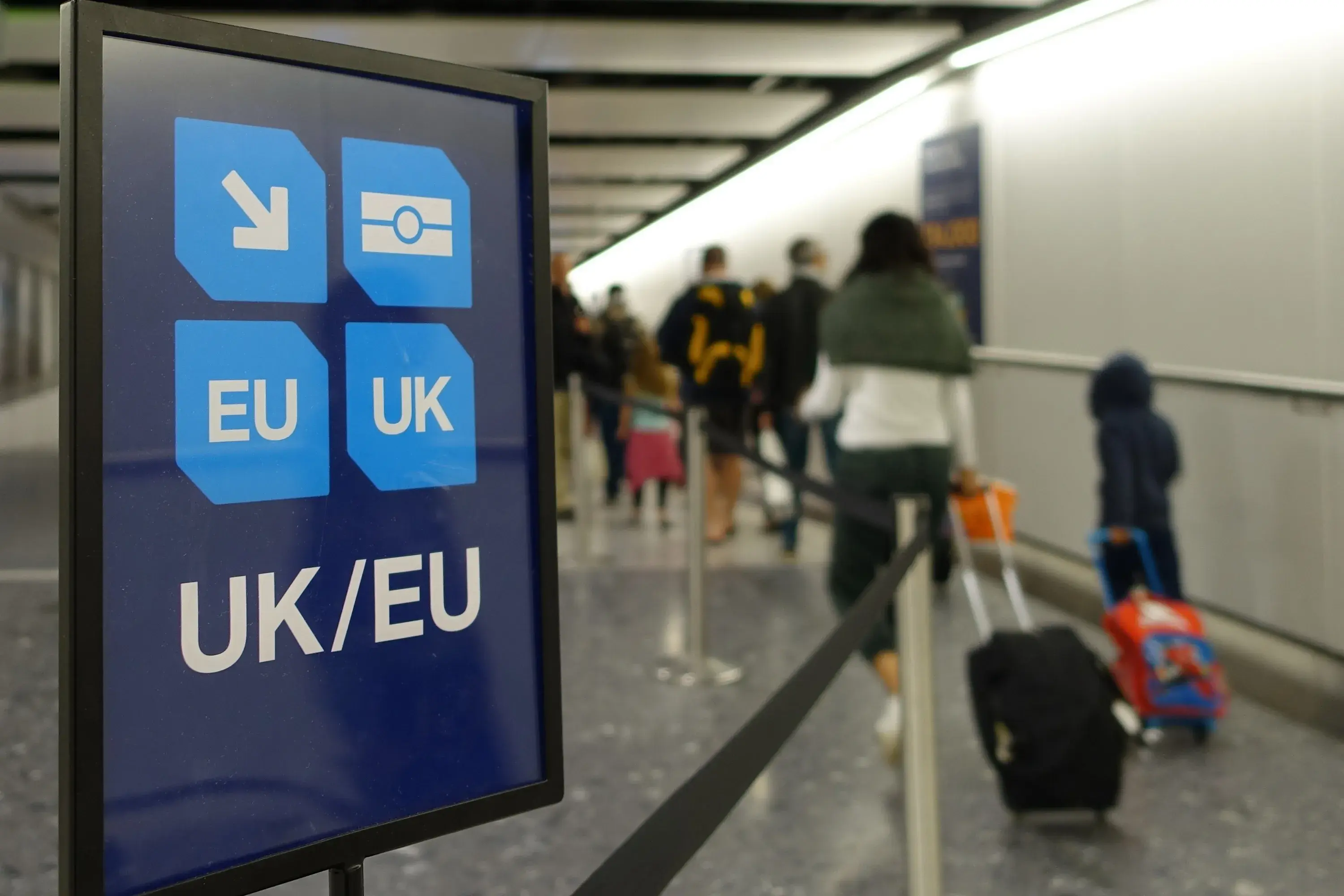
Navigating Europe's New Digital Frontier: What Travelers Need to Know About the EU's Biometric Entry-Exit System
As the crisp autumn air settles over Europe this November, travelers from around the globe will encounter a new experience at the continent's borders. The European Union is set to unveil its state-of-the-art Entry-Exit System (EES) on November 10, 2024, ushering in a new era of digital border control that promises to revolutionize the way we enter and exit the Schengen Area.
Gone are the days of passport stamping and lengthy queues. Instead, visitors will be greeted by sleek biometric kiosks and cutting-edge technology designed to streamline the border crossing process. But what does this mean for the average traveler? Let's dive into the details of this groundbreaking system and how it will affect your next European adventure.
A Digital Welcome to Europe
Imagine stepping off your transatlantic flight in Paris or docking at a bustling port in Greece. Instead of fumbling with travel documents and facing stern-faced border agents, you'll approach a modern terminal that scans your fingerprints and captures a digital photo. This quick and efficient process will apply to all non-EU travelers, whether you're visiting for a whirlwind weekend or an extended stay.
EU Commissioner Ylva Johansson proudly announced, "When that happens, it will be goodbye to passport stamping, hello to digital checks for all passengers from outside the EU—making travel easier and border checks gradually faster." The goal? To create a seamless, interconnected system that operates uniformly across every entry point into the Schengen Area.
Planning Ahead: What Travelers Should Know
While the new system promises increased efficiency, it's crucial for travelers to be prepared. Here are some key points to keep in mind:
- Biometric Data Collection: Be ready to provide fingerprints and a digital photo upon your first entry into the EU under the new system.
- Visa-Exempt Travelers: Even if you don't need a visa, you'll still go through the EES process.
- Short-Stay Visas: Holders of short-stay visas will also be processed through the new system.
- ETIAS on the Horizon: Following closely on the heels of EES, the European Travel Information and Authorization System (ETIAS) is expected to launch in early 2025, requiring pre-travel authorization for visa-exempt visitors.
A Smoother Journey Ahead?
While change can be daunting, industry experts are cautiously optimistic about the long-term benefits of the EES. Luke Petherbridge of ABTA emphasizes the importance of familiarizing oneself with the new procedures: "It is really important that the industry takes the time now to understand the new EES system, and what it will mean for their customers and their businesses."
As we embrace this digital transformation, travelers are encouraged to stay informed and prepare for a new chapter in European travel. With a bit of preparation and an open mind, crossing borders in the EU could become as breezy as a stroll down the Champs-Élysées.
So pack your bags, update your travel apps, and get ready to experience Europe's new digital welcome mat. The future of travel is here, and it's looking smarter, faster, and more connected than ever before.



